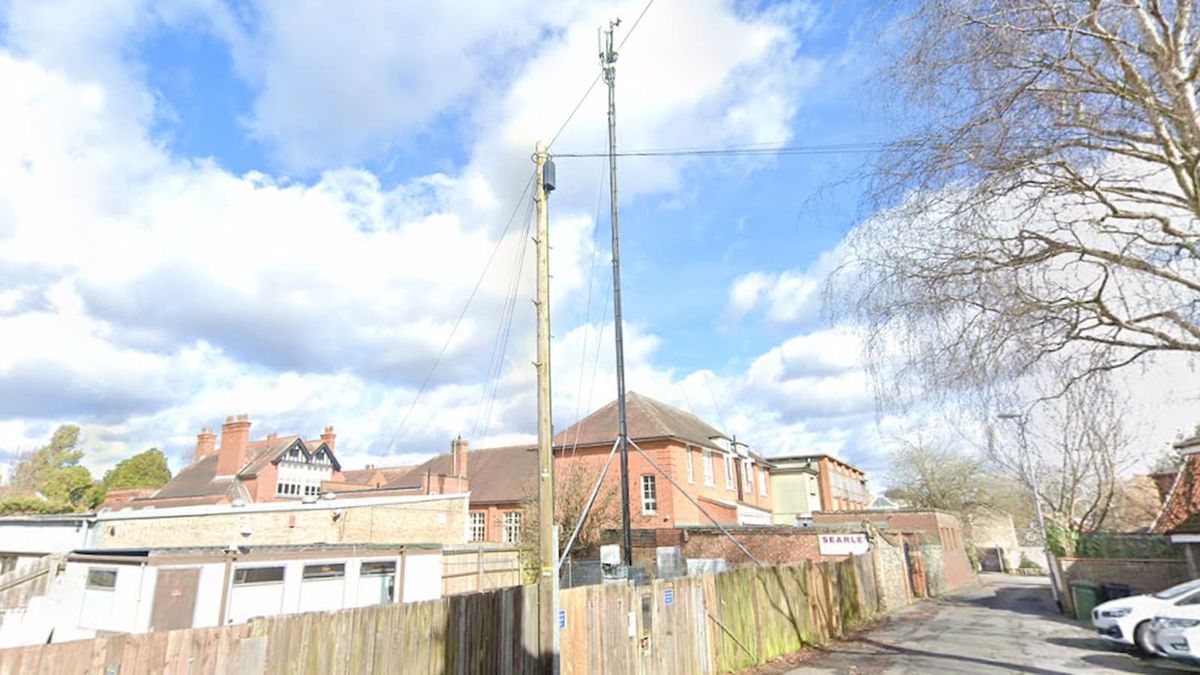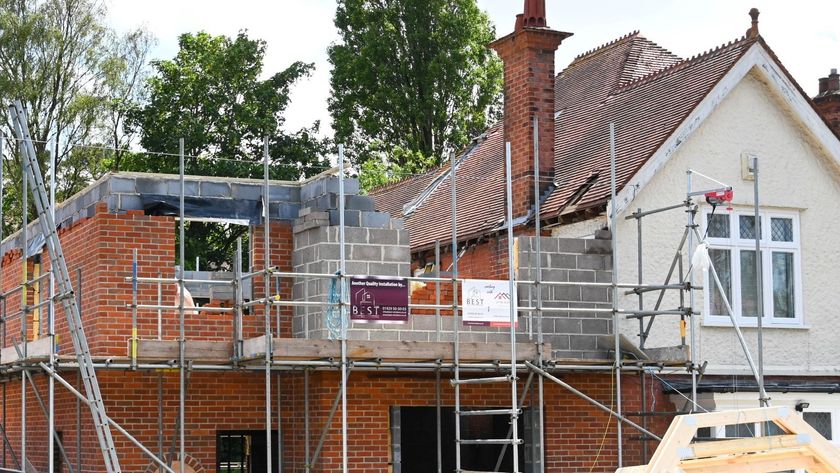Controversial 24-metre high 3G mast set for removal after planning appeal rejected
Locals' objections helped in rejecting the planning application after it was argued the mast would devalue properties

A 24-metre high mast that was installed without planning permission could be removed thanks to the help of local campaigners.
The 3G mast was installed in Thetford over three years ago and locals wrote to the Breckland Council saying the mast was an "ugly blot" and an "eyesore" on the local landscape.
The council eventually agreed after ruling against granting planning permission for the structure, stating the mast was "intrusive and harmful".
Planning permission never gained for 3G mast
A 3G mast was installed in 2021 by a local firm, Searle Electrical, but planning permission was never gained.
The mast was installed in Star Lane, Thetford, near a number of houses, after the firm claimed it was aiming to provide better network coverage for locals, despite many network providers moving away from 2G and 3G as these services are set to be 'switched off' by 2033.
In many cases masts do not require planning permission and qualify for permitted development rights under part 16 of The Town and Country Planning (General Permitted Development) (England) Order 2015.
However, this only applies to masts up to 15 metres in height and as this was 24 metres high it did not qualify.
Get the Homebuilding & Renovating Newsletter
Bring your dream home to life with expert advice, how to guides and design inspiration. Sign up for our newsletter and get two free tickets to a Homebuilding & Renovating Show near you.
Why was planning permission rejected for the mast?
A retrospective planning application seeking to keep the mast in place for 12 months while a permanent solution was found rejected by the council this month.
Whilst the planning inspector did say: "The public benefits associated with the tower attract considerable weight.
"However, the tower is prominently sited and as such is viewed as an intrusive and harmful addition to the skyline that can be seen from multiple vantage points" it was ultimately ruled.
Searle Electrical had appealed to the Planning Inspectorate (the government body responsible for planning and enforcement appeals) after Breckland Council's refusal.
Although the Planning Inspectorate sided with the council, describing the mast as a "dominant and discordant feature". As a result, the mast will need to be taken down once an enforcement notice is issued.
How did locals help remove the mast?
Locals who were shocked by the installation of the mast wrote to the council and fought for its removal claiming it was an "ugly blot" on the landscape.
One couple, Paul and Levinia Bugeja, who live near to the mast, fought for the masts removal after they argued the mast would devalue their property.
They wrote to the council saying: "Our property has been facing this eyesore for the last three and a half years since it arrived as a surprise.
"The view from our home is blighted by the mast and it has not only reduced its appeal to prospective buyers but will undoubtedly reduce the value of the property. It was supposed to be a temporary structure but we still have to face it."
Law Firm Russell Cooke outline how successful appeals can take place as they advise there are two areas when you can object to mobile phone masts and these include:
- If you are planning to redevelop the property
- If the prejudice to you outweighs the public benefit
The firm argues that if the availability of high-quality mobile phone networks is considered a significant public benefit, then objecting to the installation of masts becomes challenging, with "the cards very much stacked in the operator’s favour".
However, they suggest that redevelopment offers a stronger position to resist the operator’s proposals, especially if concrete plans exist, such as already having planning permission.

News Editor Joseph has previously written for Today’s Media and Chambers & Partners, focusing on news for conveyancers and industry professionals. Joseph has just started his own self build project, building his own home on his family’s farm with planning permission for a timber frame, three-bedroom house in a one-acre field. The foundation work has already begun and he hopes to have the home built in the next year. Prior to this he renovated his family's home as well as doing several DIY projects, including installing a shower, building sheds, and livestock fences and shelters for the farm’s animals. Outside of homebuilding, Joseph loves rugby and has written for Rugby World, the world’s largest rugby magazine.


